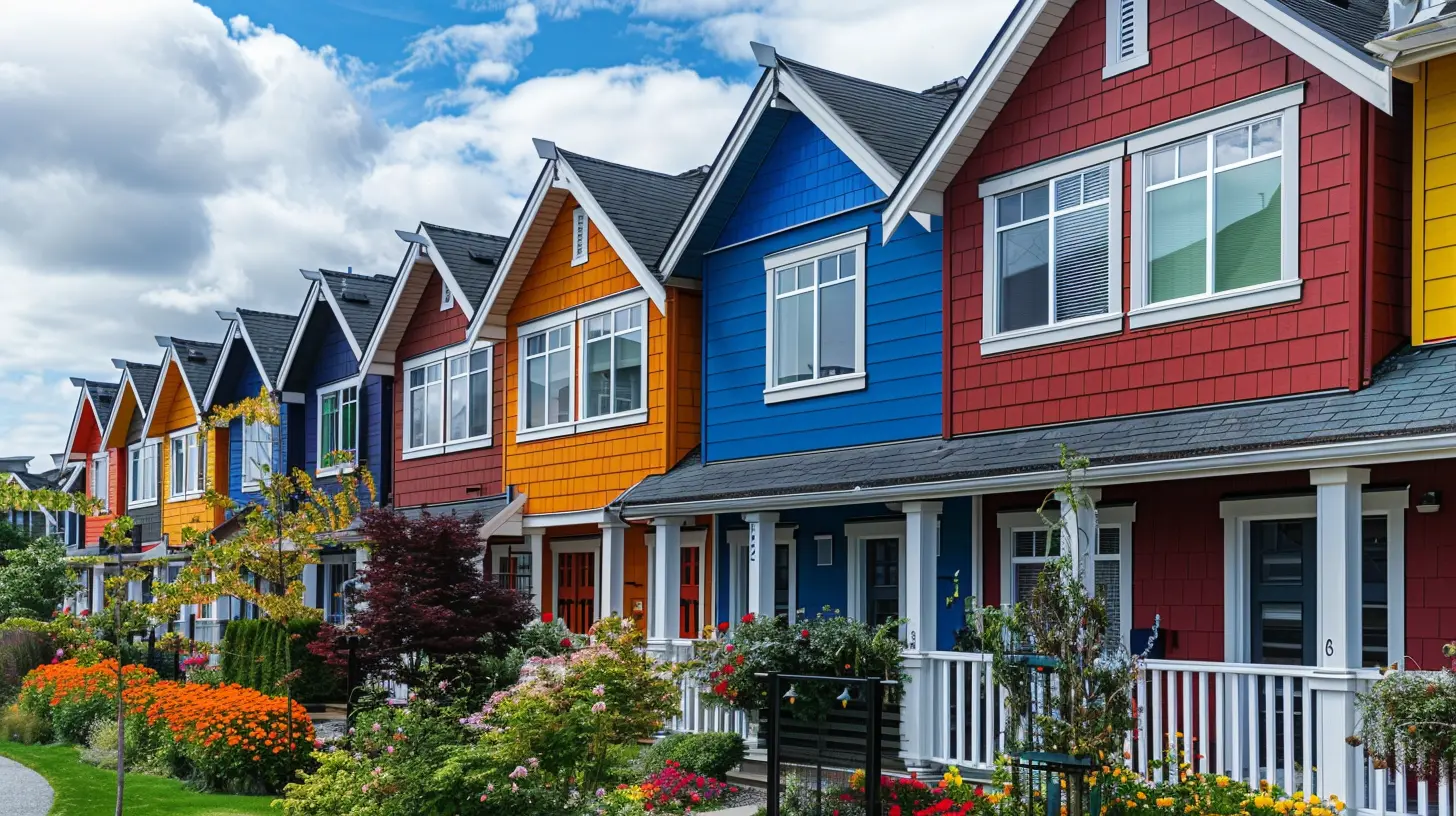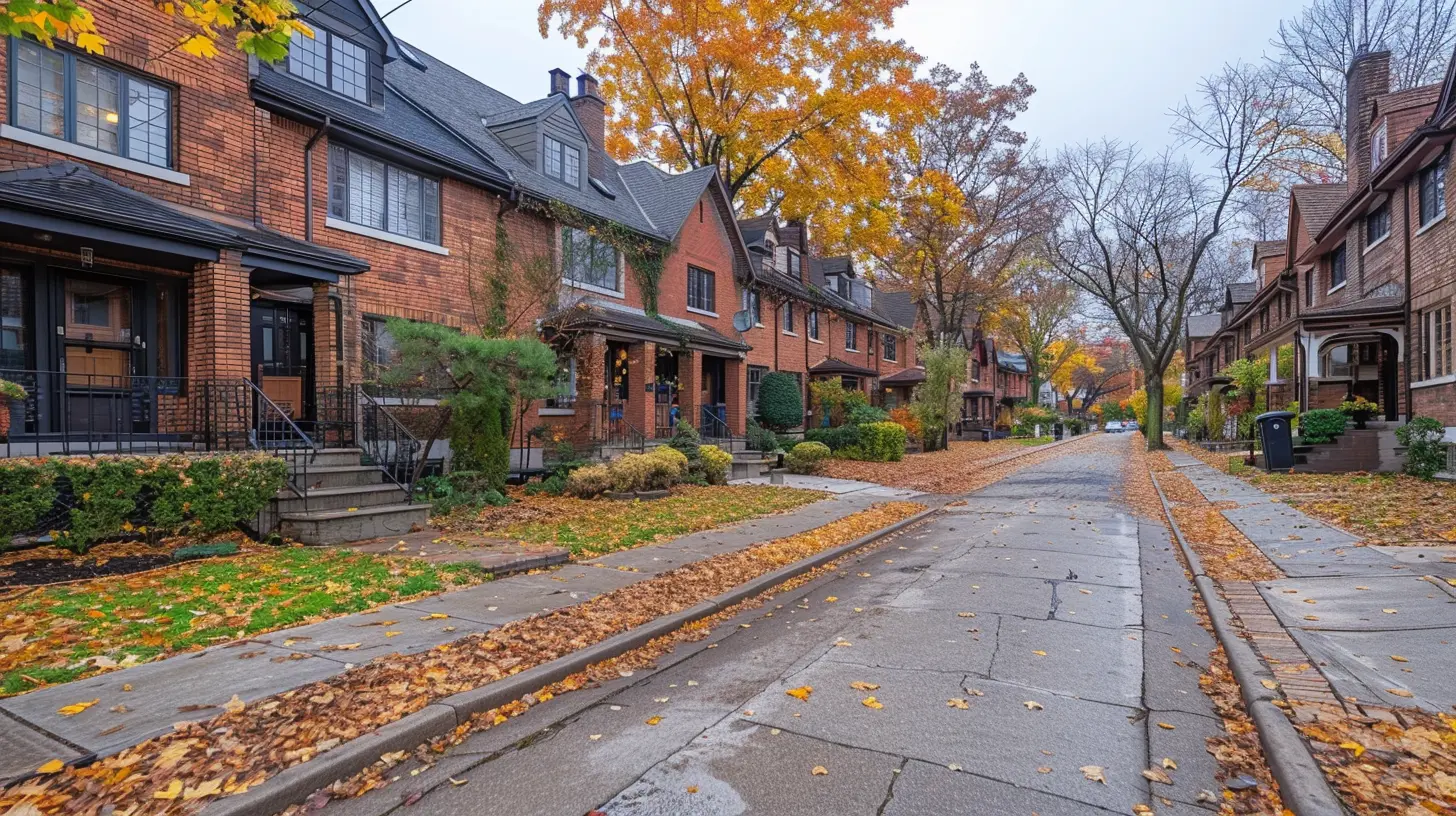How to Manage Utility Costs in Rental Properties
29 October 2025
Managing utility costs in rental properties can be a tricky balancing act. As a landlord, you want to attract tenants with affordable living conditions while ensuring that your investment remains profitable. Utility expenses—such as electricity, water, gas, and trash collection—can quickly eat into your rental income if not handled wisely.
But don’t worry! Whether you're covering utilities yourself or passing them on to tenants, there are plenty of strategies to keep costs under control. In this guide, we’ll break down practical ways to manage utility expenses without sacrificing tenant comfort.

Should Landlords Pay Utilities or Pass Them to Tenants?
The first decision you need to make is whether to include utilities in the rent or have tenants pay separately. Each approach has its pros and cons.Option 1: Including Utilities in Rent
If you bundle utilities into the rent, tenants enjoy a predictable monthly payment without worrying about fluctuating utility bills. However, this approach comes with some risks:- Higher Usage: When tenants aren't paying for utilities directly, they may be less mindful of their consumption.
- Difficult Cost Adjustment: If utility rates increase, you may end up absorbing additional costs unless you set rent strategically.
- Attractive to Renters: Some tenants prefer "all-inclusive" rental options, making your property more appealing.
Option 2: Tenants Pay Their Own Utilities
When tenants are responsible for utilities, they tend to be more conscious of their consumption. However:- Potential Move-Out Complaints: Some tenants may shy away from rentals where they have to manage separate bills.
- Billing Hassles: Ensuring that tenants transfer utilities to their names can be tedious.
A hybrid approach, where you cover some utilities (e.g., water and trash) while tenants handle others (e.g., electricity and gas), can be a great middle ground. 
How to Reduce Utility Costs in Rental Properties
Regardless of who pays for utilities, implementing cost-saving measures benefits everyone. Here’s how to keep utility bills from spiraling out of control.1. Install Energy-Efficient Appliances
Old appliances are energy hogs. Investing in ENERGY STAR-rated refrigerators, dishwashers, and washing machines can significantly reduce electricity and water usage. While the upfront cost may seem high, these appliances pay for themselves in energy savings over time.2. Switch to LED Lighting
Traditional incandescent bulbs are outdated and inefficient. LED bulbs use up to 75% less energy and last much longer. If you cover electricity costs, making this simple switch can lead to noticeable savings on monthly bills.3. Use Smart Thermostats
Smart thermostats allow tenants (or you) to set heating and cooling schedules, ensuring energy isn’t wasted when no one is home. Some models even learn usage patterns and adjust automatically.If you’re covering utilities, installing smart thermostats is a game-changer. Even if tenants are paying, offering one as a perk can encourage responsible energy use.
4. Seal Windows and Doors
Leaky windows and doors force heating and cooling systems to work overtime. A quick fix? Use weather stripping and caulking to seal gaps. This can lead to substantial savings on heating and cooling costs—especially in extreme climates.5. Install Low-Flow Fixtures
Water bills can be a silent budget killer. Low-flow showerheads, toilets, and faucets can cut water usage by up to 50% without compromising performance. If you’re handling the water bill, installing these fixtures is a no-brainer.6. Encourage Water Conservation
Even with low-flow fixtures, tenant behavior plays a role in water costs. Consider providing simple guidelines on water conservation, such as:- Taking shorter showers
- Running full loads in dishwashers and washing machines
- Reporting leaks immediately
A dripping faucet might seem minor, but it can waste hundreds of gallons of water per year!
7. Upgrade Insulation
Heating and cooling costs can skyrocket in poorly insulated properties. If your rental has thin walls, outdated insulation, or drafty attics, it may be time for an upgrade. Proper insulation keeps homes warmer in winter and cooler in summer—translating into lower energy bills.8. Use Motion Sensors for Common Area Lighting
If your rental includes shared spaces (like hallways, laundry rooms, or parking areas), motion-sensor lighting is a cost-effective way to prevent unnecessary electricity use. Lights only turn on when needed, reducing wasted energy.9. Offer Incentives for Utility Savings
If you include utilities in rent, consider offering incentives for mindful energy use. For example, you could set a “budget” for monthly utility expenses—anything saved below this amount could be credited to the tenant. This encourages tenants to adopt energy-efficient habits.10. Regular Maintenance is Key
Broken HVAC systems, leaking pipes, and outdated wiring can all lead to higher utility costs. A well-maintained rental is more energy-efficient. Perform routine maintenance to catch issues before they turn into costly problems.
Should You Use a Ratio Utility Billing System (RUBS)?
Ratio Utility Billing Systems (RUBS) are an alternative way to fairly divide utility costs among tenants in multi-unit properties. Instead of separate meters for each unit, RUBS calculates each tenant’s share based on factors like square footage, occupancy, or historical usage.Pros of RUBS:
✔️ Fairer distribution of costs✔️ Easier to implement than sub-metering
✔️ Encourages responsible energy use
Cons of RUBS:
❌ Tenants might dispute their share❌ Not legal in every area (check local landlord-tenant laws)
If installing individual meters isn’t feasible, RUBS could be a smart way to allocate costs while ensuring tenants have some stake in utility consumption. 
Should You Invest in Sub-Metering?
Sub-metering means installing individual meters for each unit, so tenants are billed for their actual usage. While this requires an upfront investment, it removes the guesswork from utility billing and encourages tenants to manage their consumption.Pros of Sub-Metering:
✔️ 100% fair billing✔️ Tenants pay for what they use
✔️ Encourages energy-efficient behavior
Cons of Sub-Metering:
❌ High installation costs❌ Requires professional installation
If you own a multi-unit rental property, sub-metering is worth considering. It eliminates disputes about utility costs and ensures you're not overpaying for tenant usage.
Final Thoughts
Managing utility costs in rental properties doesn’t have to be overwhelming. Whether you decide to include utilities in the rent, use RUBS, or invest in sub-metering, the key is efficiency. Simple upgrades—like LED bulbs, smart thermostats, and low-flow fixtures—can lead to substantial savings over time.And remember, tenants play a role too! Encouraging energy-conscious habits can further reduce overall consumption, benefiting both you and them. The goal? Keep costs low without sacrificing tenant comfort—a win-win for all!
all images in this post were generated using AI tools
Category:
Rental PropertiesAuthor:

Kingston Estes
Discussion
rate this article
1 comments
Marie McIlwain
Balancing tenant needs with cost-efficiency is key for success.
November 9, 2025 at 5:01 AM

Kingston Estes
Absolutely! Striking that balance not only enhances tenant satisfaction but also maximizes profitability for property owners.


